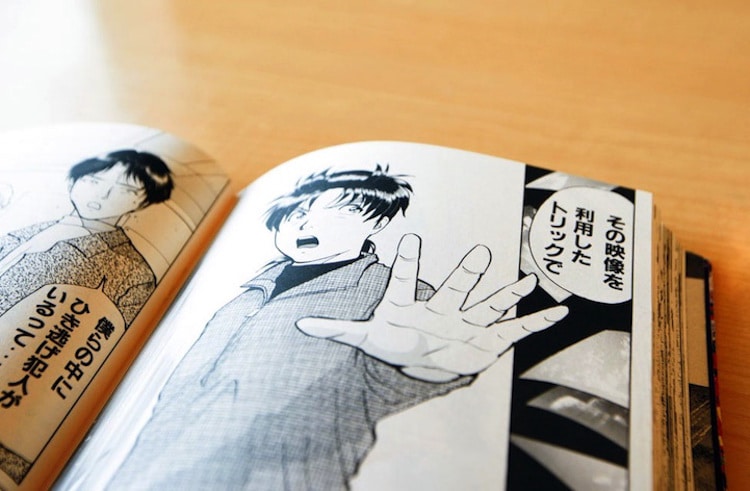
Manga in Restaurants: It’s fairly typical for neighborhood restaurants to supply a range of weekly manga for customers – most office workers eat out for lunch.
Look through the website of Jan Chipchase and you’ll instantly notice that this man’s been places. As Executive Creative Director of Global Insights at Frog Design, a global design and innovation company, Chipchase has not only traveled the world, he’s also called major metropolises like London, Los Angeles, Berlin, Tokyo and Shanghai his home. His website is, in his words, “what I do in my spare time – the stuff that inspires or challenges me, helps me understand how the future might turn out.” He continues, “Pushing technologies on society without thinking through their consequences is at least naive, at worst dangerous, though typically it, and IMHO the people that do it are just boring. Future perfect is a pause for reflection in our planet’s seemingly headlong rush to churn out more, faster, smaller and cheaper. “We get to shape the future.” Though there’s enough eye-candy in there to satisfy your visual sweet tooth for hours, I found his cultural norms section most interesting. For instance, in this post, I brought together some of his most eye-opening and interesting photos about cultural norms in Japan. Most photos have both an accompanying title and short story. It’s a neat way to see a unique country like Japan like you’ve never experienced before.
Newspaper Stacked Like Ice-Cream Cones
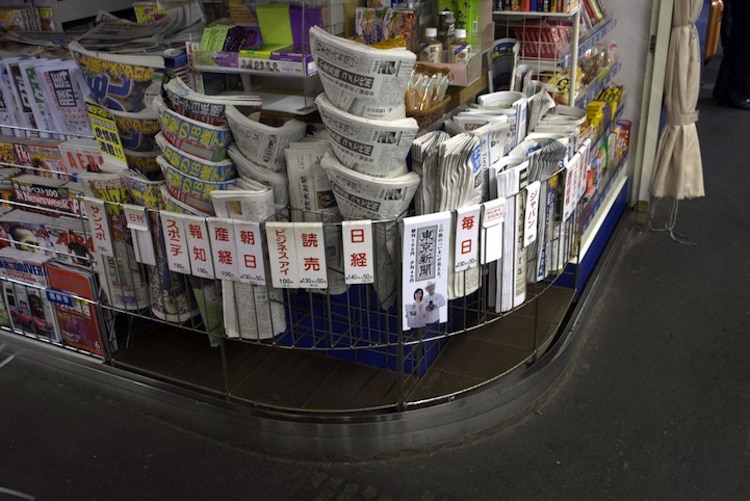
The extreme battle for space on this Shinagawa station convenience store dictates that newspapers are either folded and stacked vertically or, in the case of the more popular titles stacked like ice-cream cones. And whilst it’s possible to find more expansive newspaper displays that include clearly visible headlines – it is very much the local Japanese norm.
Sealed Books
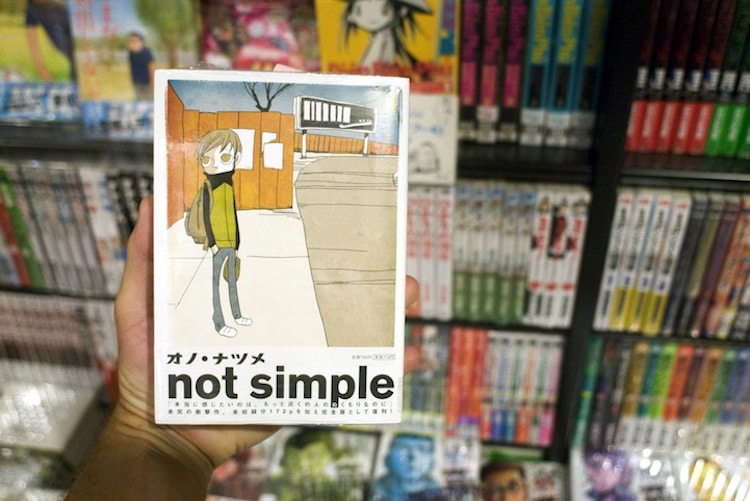
Books in Japan are by default sealed – if you want to read you gotta, er, have the yen to hand over the Yen. In part sealing books draws a boundary around the widespread and acceptable practice of standing for long periods of time browsing magazine racks without making a purchase.
Sincerity at the Point of Contact
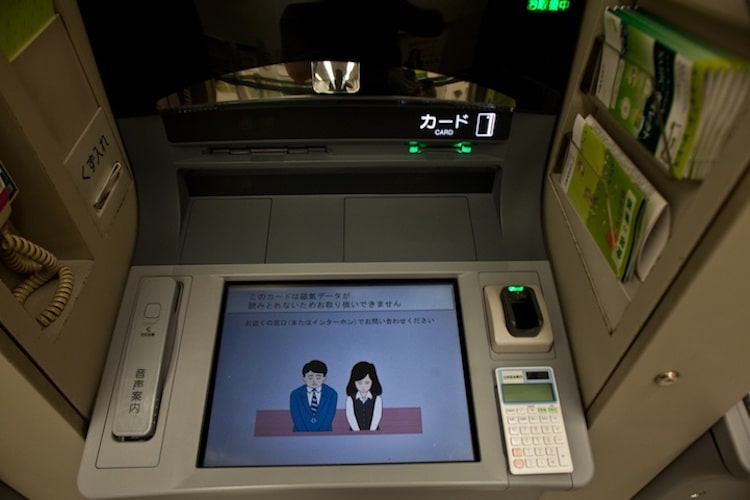
Japanese ATM interface – with two bowing staff members after an ATM card has been declined.
Human Flows Redirected
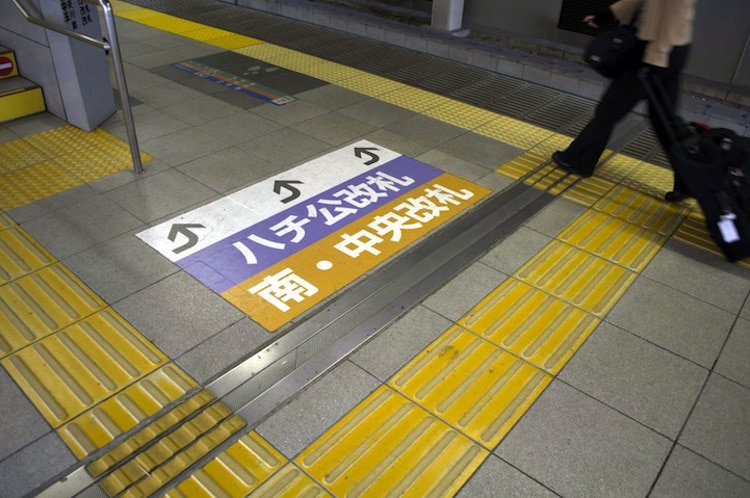 Counting Norms
Counting Norms

What body parts do you use for counting? In western societies its common to count using primary hand, thumb first, then fingers before repeating the process on the next hand. In Japan the digits are counted out of the primary hand and then counted back – addictive then subtractive.
Beer Emotions

Cherry blossom season is almost upon us and with it, an abundance of beer advertising. Poster showing a full range of emotion of an archetypal salariman beer consumer – featuring the actor Nishida Toshiyuki. For every culture – the body language that passes for full-on satisfaction. For every product, service, experience – the emotions that define an optimal experience.
Efficiency in Informal Markets
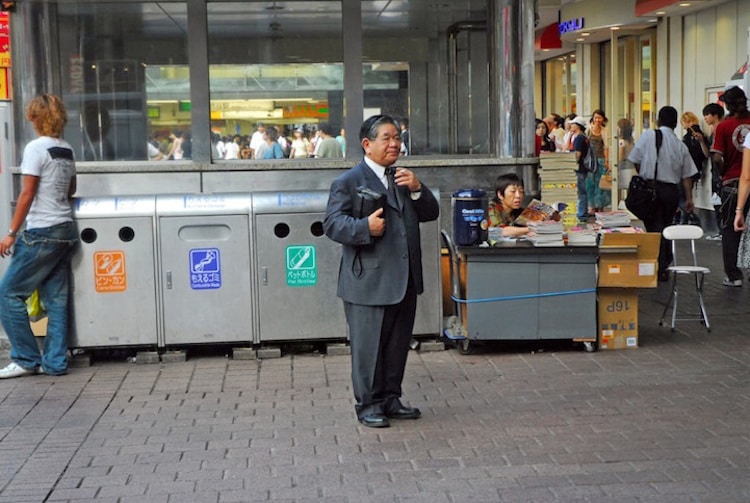
Lady on the right of the photo sits at a make-shift in desk front of Shibuya Station issues receipts to her scouts in return for thick weekly manga that are popular with Tokyo commuters. Her network of scouts pull the magazines from nearby bins for recycling and resale. A selection are then sold on a nearby stall.
Reminders on How to Use Toilets
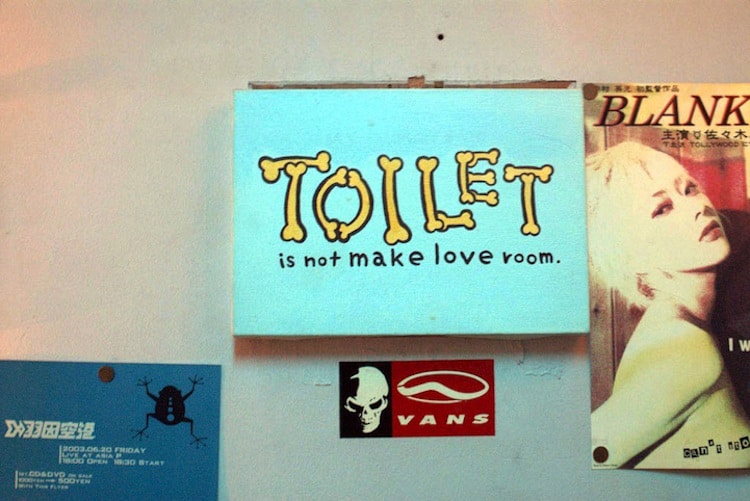 Ambient Service Expectations
Ambient Service Expectations
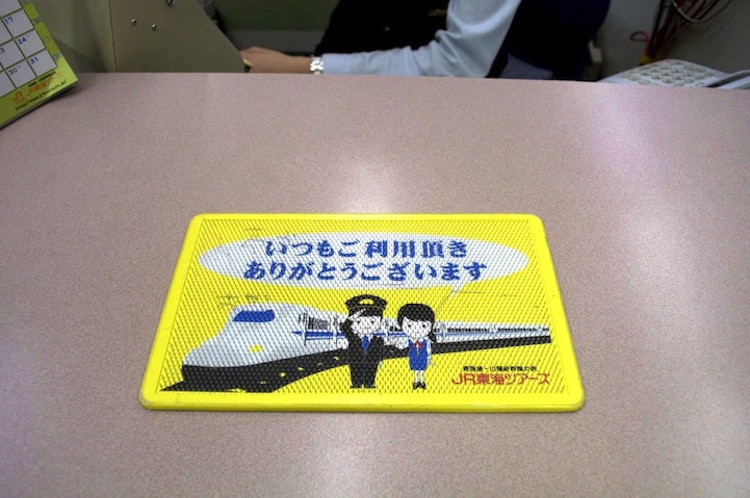 Unwelcome Mats
Unwelcome Mats
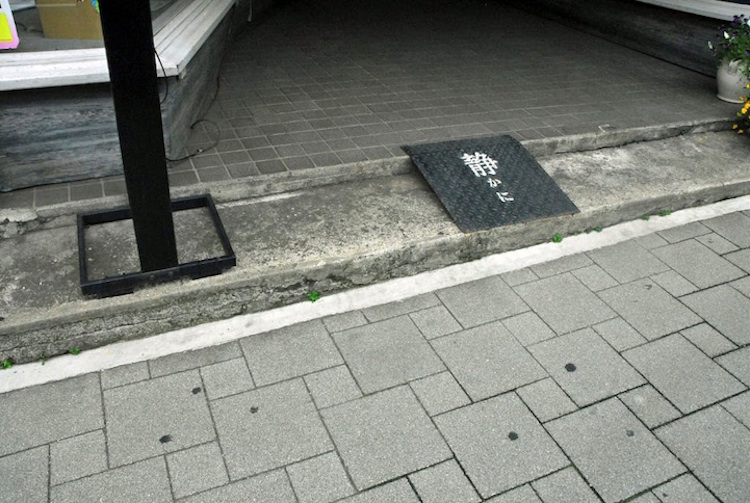
“Be Quiet.” Really.
No Groping Signs
 Stores Selling Face Masks
Stores Selling Face Masks
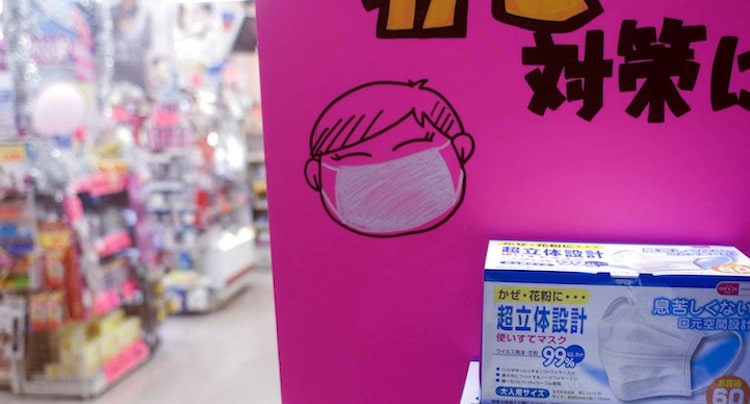 Guides for Where To Queue
Guides for Where To Queue
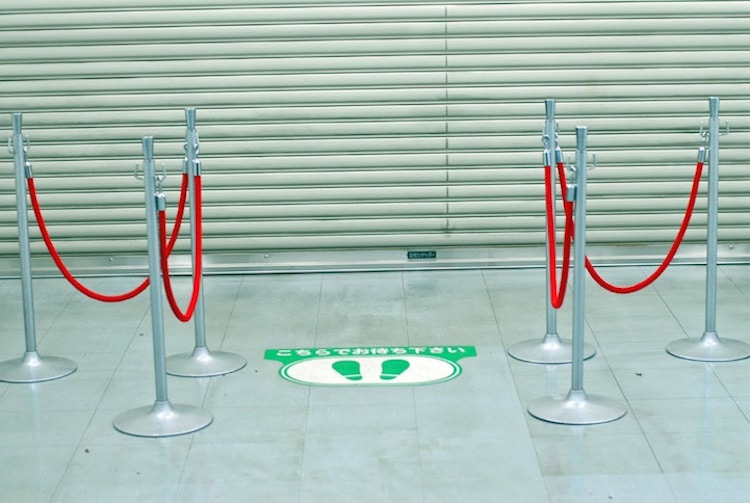 Incentivised Recycling
Incentivised Recycling
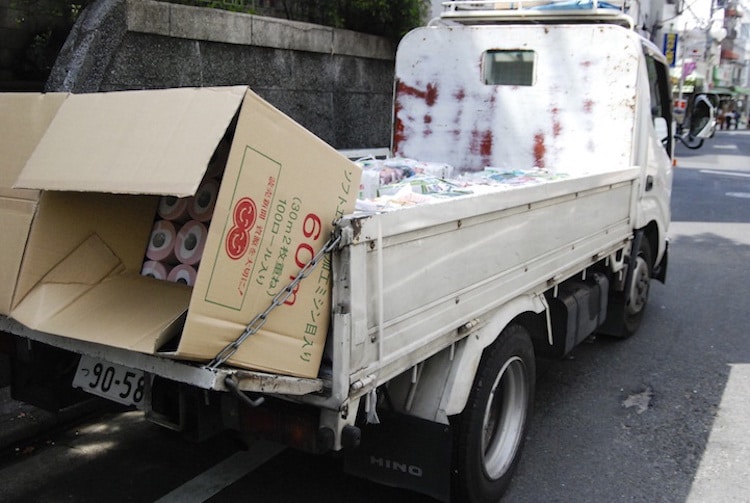
The mental distance between the act of recycling, and what happens with what is recycled. My neighbourhood paper recycling van in Sangenjaya drops off (recycled) toilet paper for customers that recycle paper (above).
Lingering Crowds at Pachinko Parlours

Take the Keio Exit out of Shibuya Station and hang a sharp left and you’ll soon come across a crowd of spectators watching the monotonously addictive pachinko. The everyday places that we linger will start to take on a new relevance with the widespread adoption of devices equipped with proximate wireless connectivity – Bluetooth, RFID, WiFi, …, when the simple act of lingering creates opportunities for meaningful data exchange. And we all know what data exchange leads to. Right now it’s a long way from being seamless, but when it does it will change the sociability of spaces. For every culture, a pachinko parlour crowd.
Call 119
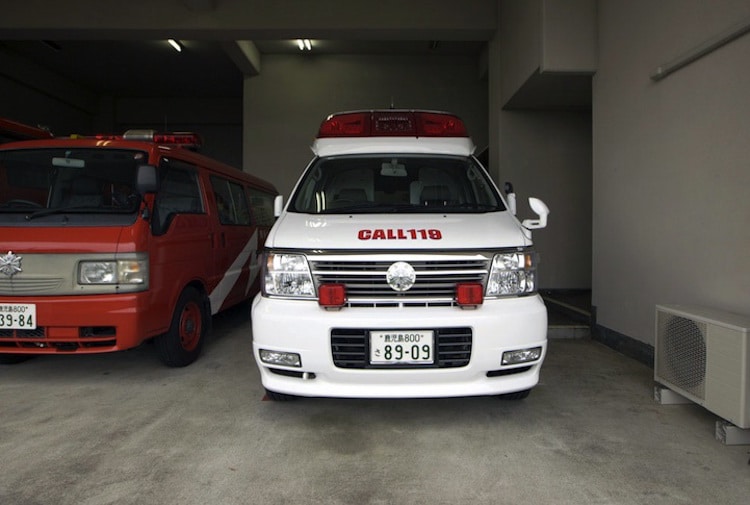
Given the extensive use of emergency phone numbers in un/popular culture – the extent that it’s easier to remember the emergency number from another country?
Home Textures

The inherent character of spaces. The extent to which the notion of inside and outside becomes mute.
Proof of Being There

In Japan stamps are a common way of providing proof of having been somewhere. Train stations, mountain huts, sea ports, and airports often have a work bench where you can add an additional stamp. The designs are often simple and perhaps because of the format have an element of ‘classic’ about them – the stamp for Chitose Airport, Hokkaido shown here.
Separation of Clean and Dirty Spaces

Shoes specifically for use in the male toilet room (the rest of the building, a mountain lodge is a shoe free environment) the result of a strong separation between clean and dirty. Visually the strongest demarkation of boundaries is the presence of the objects, toilet slippers, themselves.
Jan Chipchase: Website
